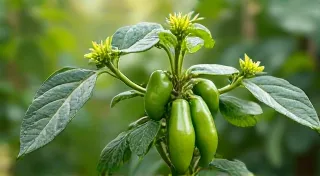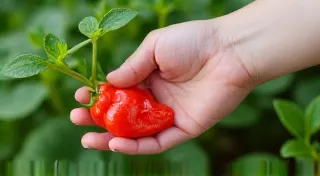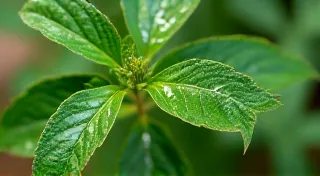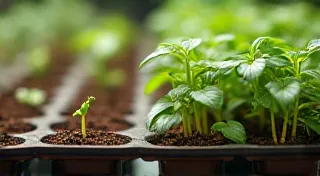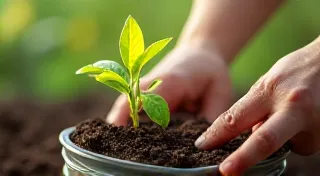Common Pests and Diseases: Protecting Your Pepper Crop
Growing specialty peppers, those fiery and flavorful varieties like ghost peppers and scotch bonnets, can be incredibly rewarding. However, like any crop, your pepper plants are susceptible to pests and diseases. Early identification and swift action are key to protecting your harvest and ensuring a bountiful yield. This guide covers common threats and offers preventative measures and treatment options for the beginner pepper grower.
Common Pests and How to Deal With Them
Several pests frequently target pepper plants. Recognizing them early can save your crop.
- Aphids: These tiny, pear-shaped insects suck sap from leaves and stems, causing distorted growth and yellowing. They often cluster on new growth.
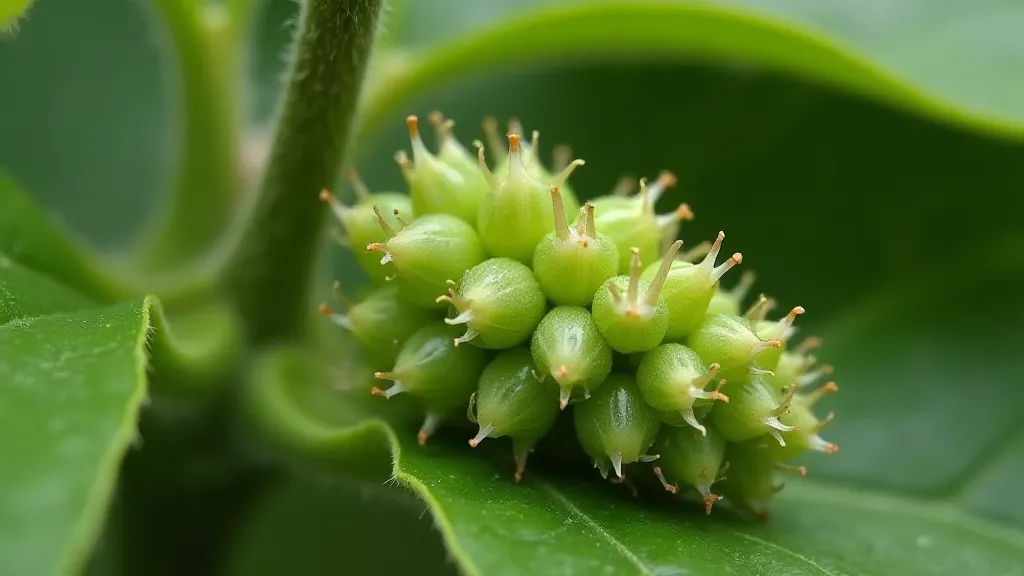 Solution: A strong spray of water can dislodge aphids. Insecticidal soap or neem oil are also effective treatments.
Solution: A strong spray of water can dislodge aphids. Insecticidal soap or neem oil are also effective treatments. - Flea Beetles: These tiny beetles chew small, round holes in leaves, especially on young plants. They can weaken the plant and make it vulnerable to disease.
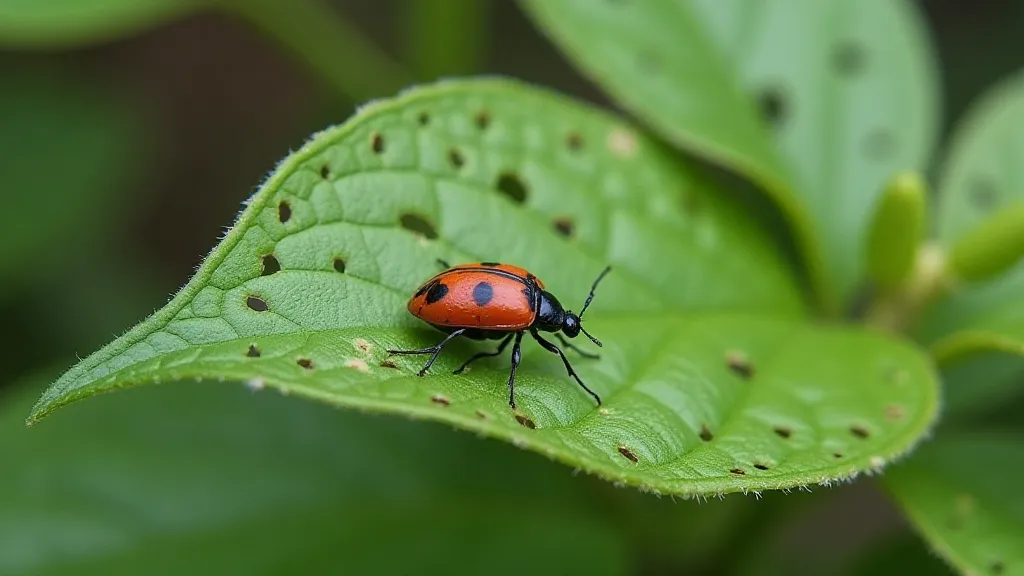 Solution: Row covers offer excellent protection. Bacillus thuringiensis (Bt) can be used as a biological control.
Solution: Row covers offer excellent protection. Bacillus thuringiensis (Bt) can be used as a biological control. - Tomato Hornworms: These large caterpillars can quickly defoliate a pepper plant. They blend in with foliage, making them difficult to spot.
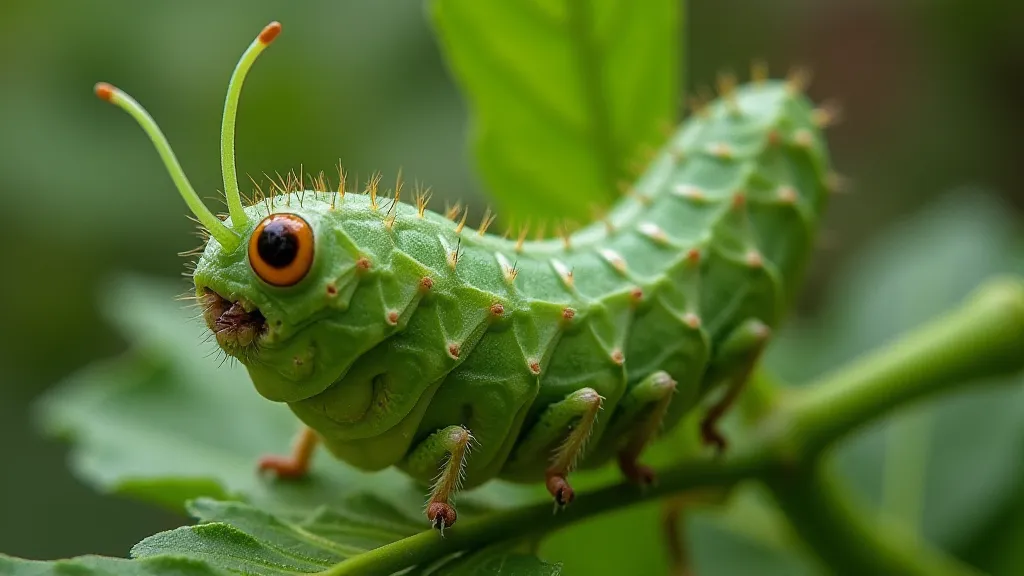 Solution: Handpick them off the plants (they’re surprisingly easy to spot once you know what you’re looking for!). Bacillus thuringiensis (Bt) is also effective.
Solution: Handpick them off the plants (they’re surprisingly easy to spot once you know what you’re looking for!). Bacillus thuringiensis (Bt) is also effective. - Spider Mites: These tiny pests create fine webbing on leaves and suck sap, causing stippling and yellowing. They thrive in hot, dry conditions. Solution: Increase humidity, spray with water, or use insecticidal soap.
Common Diseases and How to Prevent and Treat Them
Pepper plants are prone to various diseases, often exacerbated by poor air circulation and overwatering.
- Blossom End Rot: This is a physiological disorder, not a disease, caused by calcium deficiency. It manifests as a black, leathery patch on the bottom of the fruit. Prevention: Ensure consistent watering and consider adding calcium to the soil.
- Early Blight: This fungal disease causes dark, circular spots on leaves and stems. It can spread quickly. Prevention: Improve air circulation, avoid overhead watering, and rotate crops. Treatment: Fungicides can be used in severe cases.
- Septoria Leaf Spot: This fungal disease causes small, circular spots on leaves with yellow halos. It weakens the plant and reduces yield. Prevention: Remove and destroy infected leaves, ensure good air circulation, and avoid overhead watering.
- Southern Blight: This soilborne fungus attacks stems and roots, causing wilting and eventual death. It thrives in warm, humid conditions. Prevention: Use disease-free soil and improve drainage.
Prevention is Key!
The best defense against pests and diseases is a strong offense! Here are some preventative measures to keep your pepper plants healthy:
- Healthy Soil: Start with well-draining, nutrient-rich soil.
- Proper Watering: Water at the base of the plants to avoid wetting the foliage.
- Good Air Circulation: Space plants adequately to allow for good air circulation.
- Regular Inspection: Regularly inspect plants for signs of pests or diseases.
- Crop Rotation: Rotate crops each year to prevent soilborne diseases from building up.
- Sanitation: Clean up plant debris around the garden to eliminate potential breeding grounds for pests and diseases.
By following these tips, you can significantly reduce the risk of pests and diseases and enjoy a bountiful harvest of flavorful specialty peppers!

